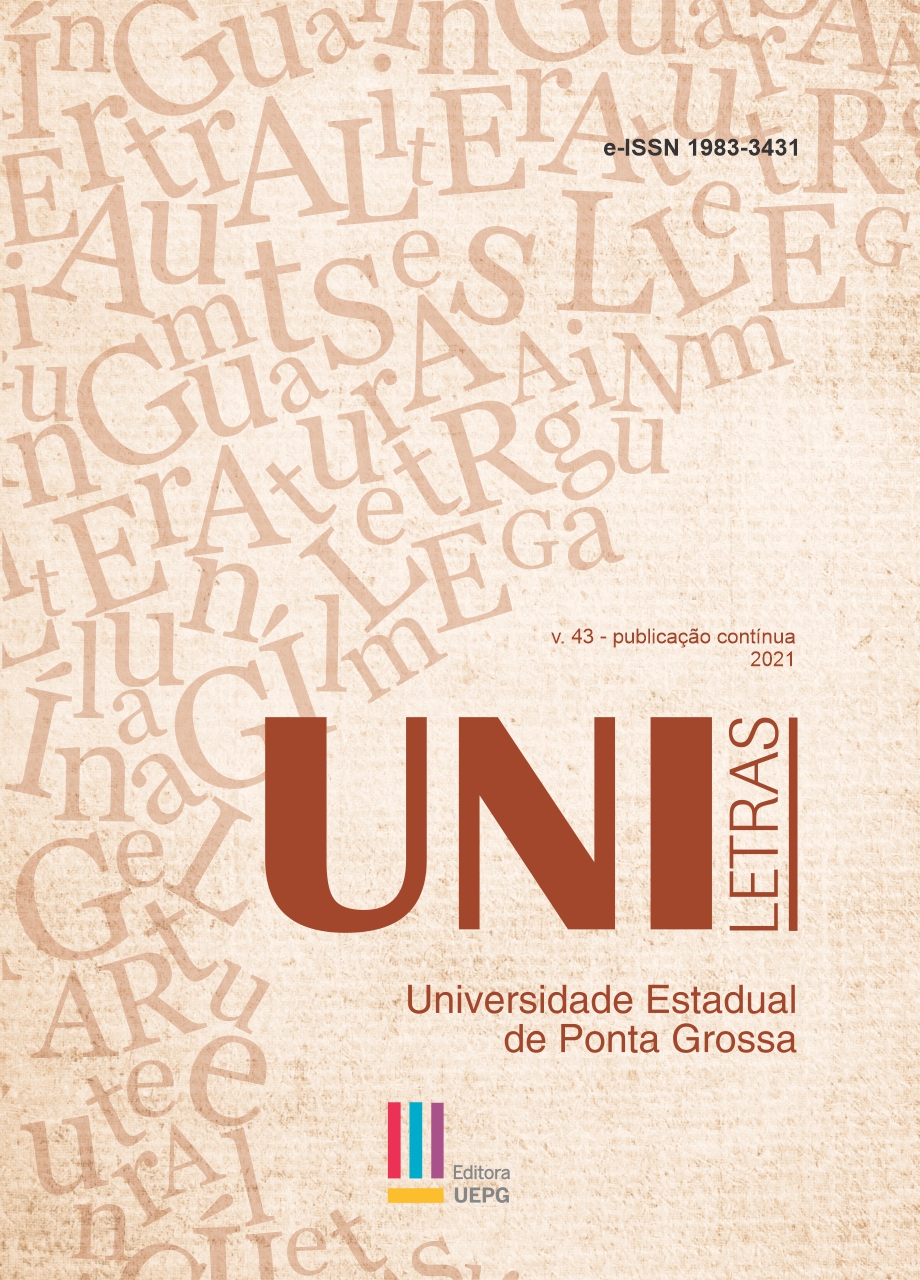WRITTEN ENGLISH LANGUAGE TEST IN BLOOM’S TAXONOMY PERSPECTIVE
Abstract
Considering that educational assessment is much more than a classification process and plays a significant role in the teaching-learning process, this article, with a qualitative approach, aims to analyze, from the perspective of Bloom’s Taxonomy, 11 written tests of the English language applied in 2019, by four teachers from two state schools in União dos Palmares-AL. Bloom’s Taxonomy consists of a classification of the complexity of mental operations enabling the identification of the student’s performance level. Thus, to answer the proposed question, Bloom’s Taxonomy shows itself as an adequate tool, since it allows analyzing and tabulating evaluative questions in cognitive levels of complexity, classifying them in a hierarchy from less to more complex.The results showed that most questions are at the first level of complexity, in which the student only needs to recognize the information.
Downloads
Downloads
Published
Issue
Section
License
Authors that publish in the journal agree with the following terms:
a) The authors keep the copyright and grant to the journal the rights of the first publication, with the work simultaneously being licensed under the Creative Commons Attribution License that allows the sharing of the work with the recognition both of the authorship and the initial publication in this journal.
b) This journal provides immediate public access to all of its content, following the principle that making scientific knowledge freely available to the public provides greater worldwide democratization of knowledge. For more information about this approach, visit Public Knowledge Project, a Project that developed this system to improve the academic and public quality of research, distributing OJS as well as other softwares to support the publication system to public/open access to academic sources. Names and e-mail addresses in this website will be used exclusively for this journal purposes, not being available for other ends.

This work is licensed under a Creative Commons Attribution 4.0 International License.





